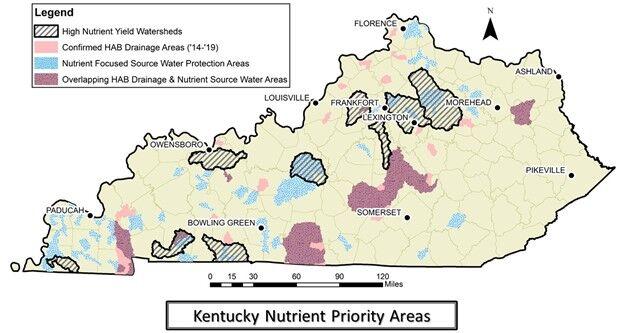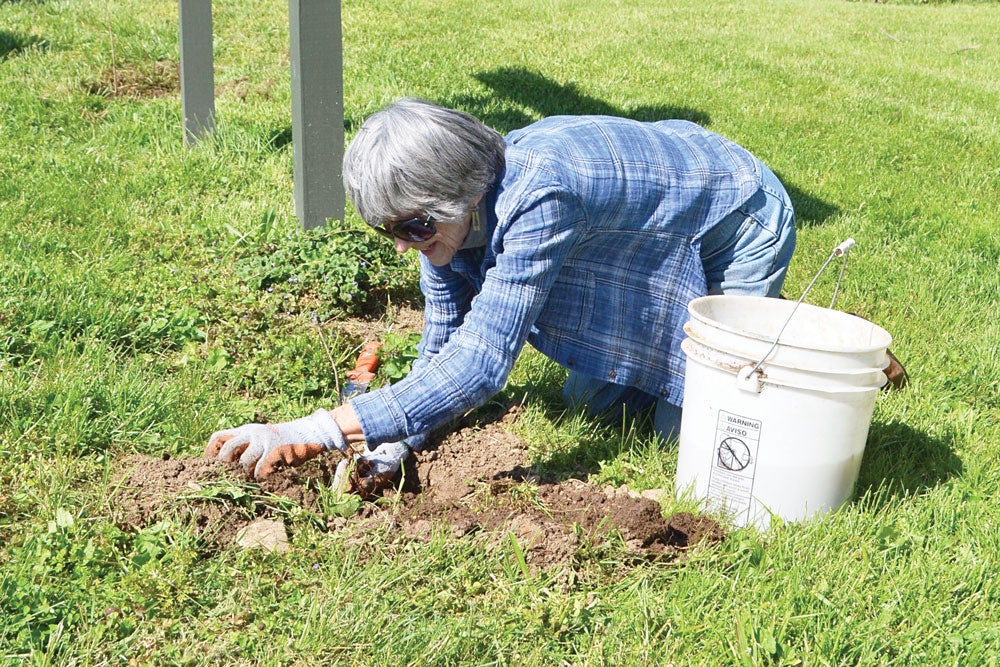Kentucky Division of Water updates nutrient strategy
Published 4:45 pm Monday, October 10, 2022

- (Photo courtesy of Kentucky Today)
|
Getting your Trinity Audio player ready...
|
The Kentucky Division of Water has released an update to the state’s Nutrient Reduction Strategy to decrease excessive nutrients such as nitrogen and phosphorus that fuel harmful algal blooms in rivers, lakes, and streams.
Pollution and excessive nutrients are a growing water quality concern throughout Kentucky and the U.S. that can impose significant costs to drinking water utilities, lost revenue from recreational tourism, and smaller harvests for fishermen.
Along with 11 other states and five federal agencies which make up the Mississippi River/Gulf of Mexico Watershed Hypoxia Task Force, Kentucky has committed to developing a state-specific strategy to address the nutrients, which contribute to the Gulf of Mexico “dead zone,” or hypoxic zone off the coasts of Louisiana and Texas.
The updated plan, which includes an interactive story map, provides a framework that is tailored to Kentucky’s unique geological, agricultural, and hydrologic landscape and improves on progress made since 2014. The strategy includes point and non-point source water improvement efforts, education and outreach, monitoring and assessment, local engagement, reporting practices, and more.
As part of a data-driven plan to prioritize available resources, more than 40 years of water monitoring data was used to create Nutrient Priority Areas (see the map accompanying this story), which balance the needs of drinking water sources, open water recreation, and areas with greater nutrient concentrations, in other words, high yield watersheds.
As a result, state funding applicants in these Nutrient Priority Areas will rank higher on grant and loan applications through the Division of Water’s 319 Grant Program and Clean Water State Revolving Fund programs.
Agriculture proposals will also rank higher with the Division of Conservation’s State Cost Share program. Farmer applications may also receive a higher cost share rate for installing conservation practices from the Natural Resources Conservation Service in source water portions of the Nutrient Priority Areas.
To maximize water quality improvements, DOW will continue to collaborate with federal, state, and local agencies, universities, citizen groups, and non-profit organizations.





